Native to ancient Ugarit Writing system Ugaritic alphabet ISO 639-3 uga | Extinct twelfth century BC ISO 639-2 uga | |
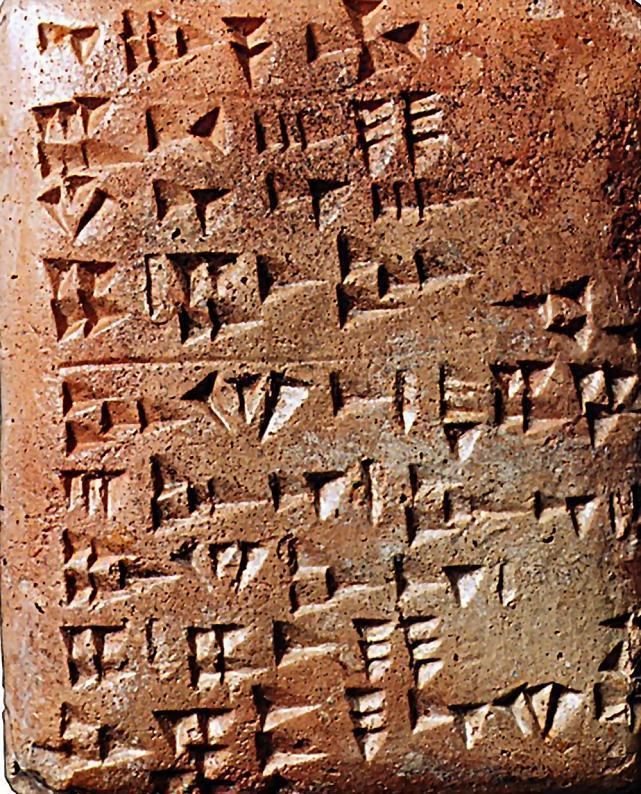 | ||
Language family Afro-AsiaticSemiticCentral SemiticNorthwest SemiticUgaritic | ||
Basics of ancient ugaritic video lectures chapter 1 ugarit in a nutshell by michael williams
Ugaritic (/ˌuːɡəˈrɪtɪk, ˌjuː-/) is a Northwest Semitic language, discovered by French archaeologists in 1929. It is known almost only in the form of writings found in the ruined city of Ugarit (modern Ras Shamra), Syria. It has been used by scholars of the Hebrew Bible to clarify Biblical Hebrew texts and has revealed ways in which ancient Israelite culture found parallels in the neighboring cultures.
Contents
- Basics of ancient ugaritic video lectures chapter 1 ugarit in a nutshell by michael williams
- Basics of ancient ugaritic by michael williams
- Corpus
- Writing system
- Phonology
- Grammar
- References
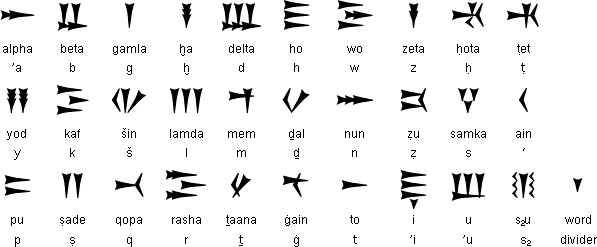
Ugaritic has been called "the greatest literary discovery from antiquity since the deciphering of the Egyptian hieroglyphs and Mesopotamian cuneiform".

Basics of ancient ugaritic by michael williams
Corpus
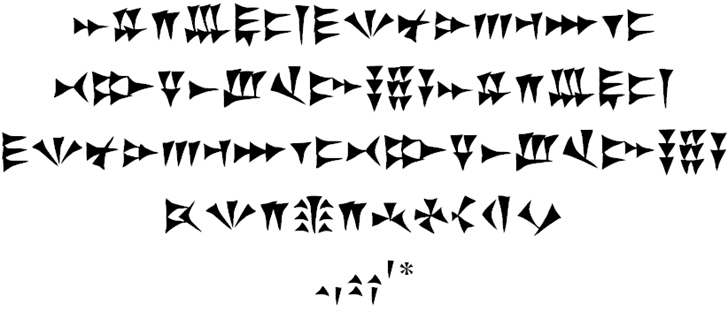
The Ugaritic language is attested in texts from the 14th through the 12th century BC. The city was destroyed in 1180–1170 BC.

Literary texts discovered at Ugarit include the Legend of Keret, the Aqhat Epic (or Legend of Danel), the Myth of Baal-Aliyan, and the Death of Baal – the latter two are also collectively known as the Baal cycle – all revealing aspects of a Canaanite religion.
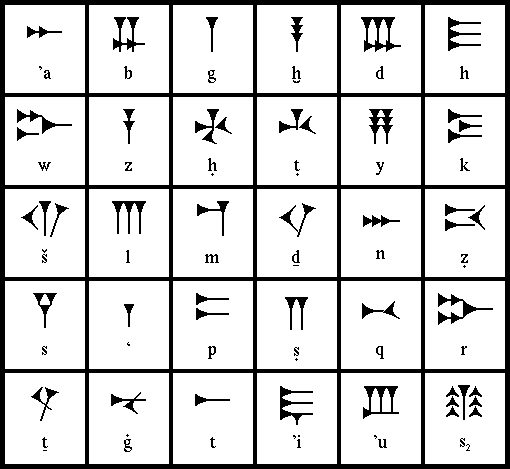
According to one hypothesis, Ugaritic texts might solve the biblical puzzle of the anachronism of Ezekiel mentioning Daniel at Ezekiel 14:13-16; it is because in both Ugaritic and the Ancient Hebrew texts, it is correctly Danel.
Writing system

The Ugaritic alphabet is a cuneiform abjad (alphabet without vowels), used from around 15th century BC. Although it appears similar to Mesopotamian cuneiform (whose writing techniques it borrowed), its symbols and symbol meanings are unrelated (see Ugaritic alphabet). It is the oldest example of the family of West Semitic scripts that were used for Phoenician, Hebrew, and Aramaic. The so-called long alphabet has 30 letters, while the short alphabet has 22. Other languages (particularly Hurrian) were occasionally written in it in the Ugarit area, although not elsewhere.
Clay tablets written in Ugaritic provide the earliest evidence of both the Levantine ordering of the alphabet, which gave rise to the alphabetic order of the Hebrew, Greek, and Latin alphabets; and the South Semitic order, which gave rise to the order of the Ge'ez alphabet. The script was written from left to right.
Phonology
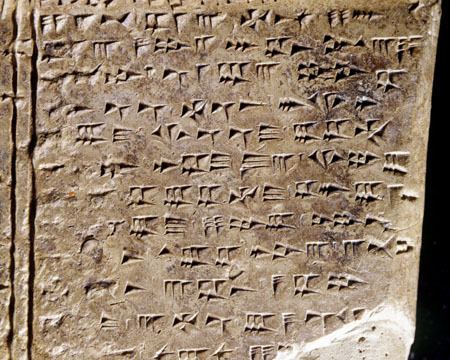
Ugaritic has 28 consonantal phonemes, including two semivowels, and eight vowel phonemes (three short vowels and five long vowels): a ā i ī u ū ē ō. (The phonemes ē and ō occur only as long vowels and are the result of monophthongization of the diphthongs "ay" and "aw" respectively.)
The following table shows Proto-Semitic phonemes and their correspondences among Ugaritic, Classical Arabic and Tiberian Hebrew:
Grammar
Ugaritic is an inflected language, and its grammatical features are highly similar to those found in Classical Arabic and Akkadian. It possesses two genders (masculine and feminine), three cases for nouns and adjectives (nominative, accusative, and genitive), three numbers (singular, dual, and plural), and verb aspects similar to those found in other Northwest Semitic languages. The word order for Ugaritic is verb–subject–object (VSO) and subject-object-verb (SOV), possessed–possessor (NG), and noun–adjective (NA). Ugaritic is considered a conservative Semitic language, since it retains most of the Proto-Semitic phonemes, the case system, and the word order of the Proto-Semitic ancestor.
